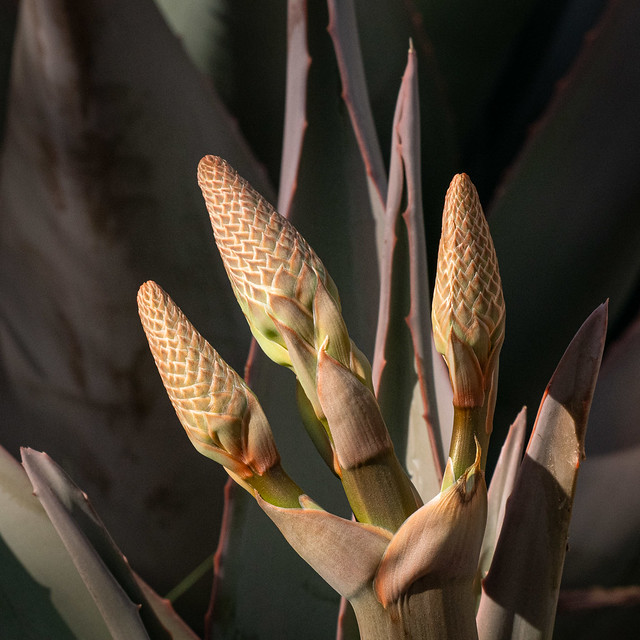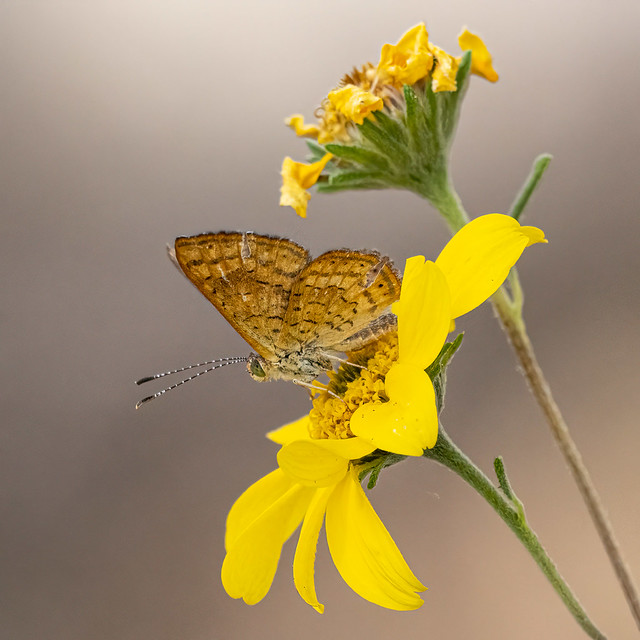Another favorite spot. Boyce Thompson Arboretum is the oldest (100 years) and largest (392 acres) botanical garden in Arizona, an hour's drive east of Phoenix. It's in the Sonoran desert, but it's along Queen creek so it gets a variety of birds and other wildlife. Some were familiar, like this white crowned sparrow, others we don't get farther north. It's a somewhat random assortment of photos, just whatever I spotted that I could get a decent shot of.
This spotted orbweaver is similar to the cross orbweavers we get at home.
These Variegated Meadowhawks were the most common dragonflies we saw on this trip.
Of course, there were lots of different kinds of cactus.
It wasn't the right time of year for most of the cactus to be flowering but there were a few.
These relatively rare cristate or fasciated variations make interesting patterns.
In the desert, it's not just the cactus that protect themselves with thorns.
There were enough other flowers to keep the hummingbirds busy. I didn't have a lot of luck photographing them though - they are just too darn fast!
There were also lots of agaves and yuccas. I didn't spot any flowers, but there were flower buds on some of the agaves.
We followed this Northern Cardinal around for quite a while but it wouldn't come out in the open. This was the best shot I could get.
This wasp was a little more cooperative. I think it's a Tarantula Hawk Wasp, but no one has identified it yet on iNaturalist. Spider wasps sting their prey to paralyze it and then drag it to a burrow where they lay an egg on it, which will hatch and feed on the spider, keeping it alive as long as possible. The brightly colored wings are a warning that they have a powerful sting (one of the most painful insect stings).
This flower is known as Mexican Hat, but I know it better as Prairie Coneflower.
As well as native plants, there are lots of plants from other places, like this Floss Silk Tree from South America. It belongs to the same family as baobobs and other kapok trees. Notice the honey bee approaching.
There weren't a lot of butterflies around but this Fatal Metalmark was a new one to me. I didn't notice any metallic spots on its wings, but it was bit worn and ragged, probably overwintering?
Painted Ladies are more common. I think I like the undersides of their wings better than the top.
I'm not sure what this flower was.
See also Shelley's blog post



















No comments:
Post a Comment